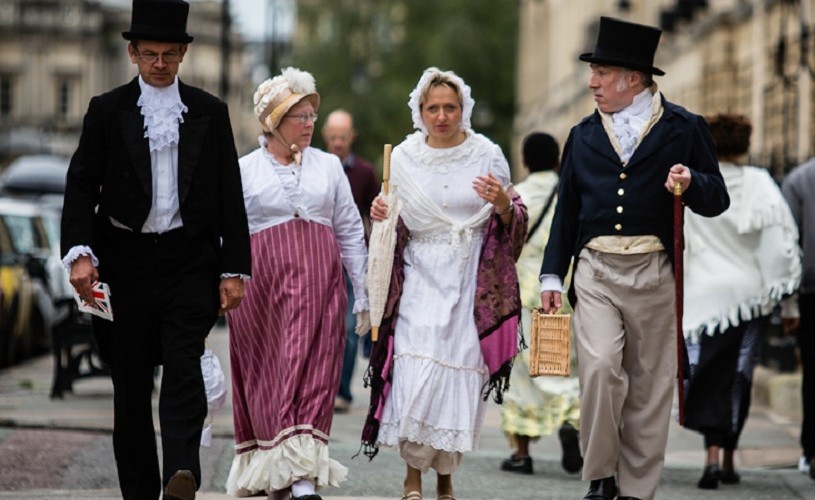Think you know all there is to know about Bath? Here are 15 little-known facts about the city...
1. A valuable unearthing
A hoard of over 17,500 Roman coins was found in 2007 in the foundations of The Gainsborough Bath Spa. The coins span the period from 30 BC to 274 AD and were found in eight separate money bags. The ‘Beau Street Hoard’ is now owned by Bath and North East Somerset Council, and is on permanent public display in an interactive exhibit at the Roman Baths.
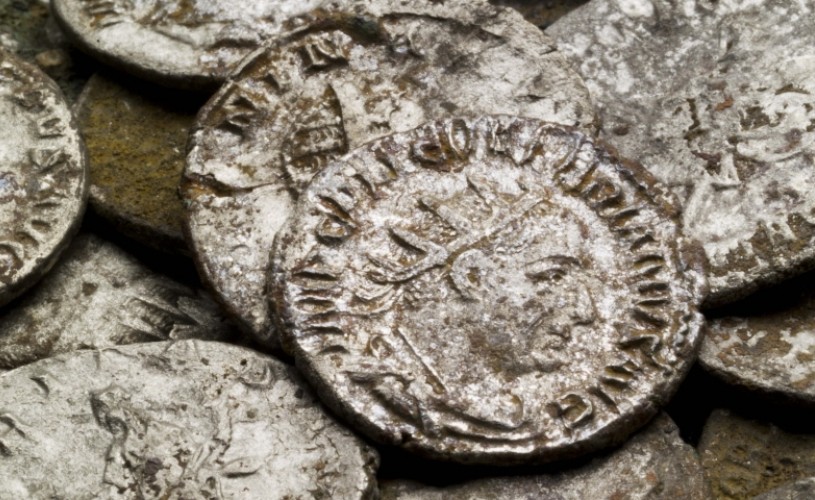
2. The Bath Blitz
Hoping to dent the nation’s morale by destroying Britain’s most historic sites, in 1942, Hitler carried out air attacks on several cities including Bath. These attacks were known as the Baedeker raids, and the targets were inspired by the historic and cultural cities in England that were highlighted in a popular German travel guide.
Many of the city’s buildings were damaged in the Bath Blitz, with Bath’s iconic Assembly Rooms left gutted and several houses in the Circus destroyed. The majority of Georgian Bath and the Roman Baths, however, avoided major damage.
3. Bath’s many crescents
Although the Royal Crescent may be the most famous, there are actually several crescents in the city. The other crescents that give Bath its architectural identity include Camden Crescent, Lansdown Crescent, Norfolk Crescent and Somerset Place.
Camden Crescent was built by John Eveleigh in 1788 and suffered damage due to a landslide in 1889. Eveleigh also designed the façades of Somerset Place, but he went bankrupt during the building of the crescent, and work wasn’t completed until the 1820s. Lansdown Crescent was designed by John Palmer and constructed between 1789 and 1793.
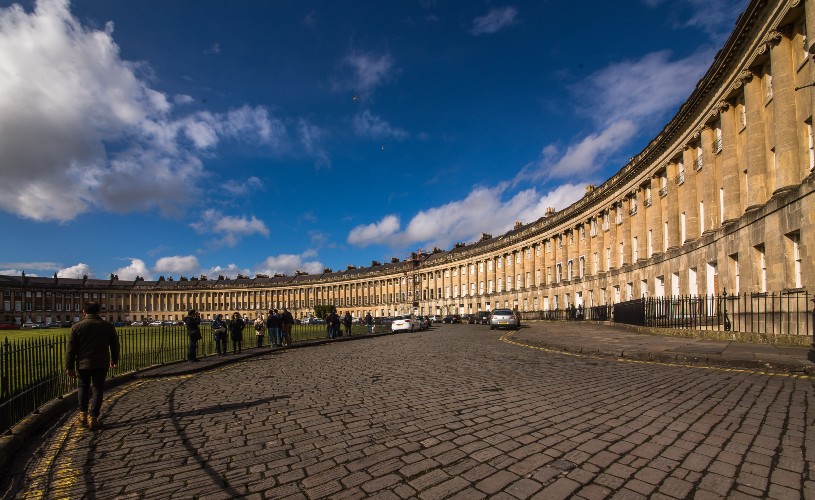
Image - The Royal Crescent
4. The Circus and Stonehenge
The Circus is inspired in part by the stone circle at Stonehenge. It is said that the orientation of Stonehenge is built around the rising and setting sun, whereas the Circus is said to represent the sun, with the Royal Crescent representing the moon. Coincidence? We think not!
5. A planetary discovery
On 13th March 1781, William Herschel discovered the planet Uranus through a homemade telescope in the back garden of his home on New King Street. Nowadays, his former home is a delightful and unique example of a fully restored modest Georgian townhouse and a museum dedicated to him and his sister Caroline’s achievements in music and astronomy.
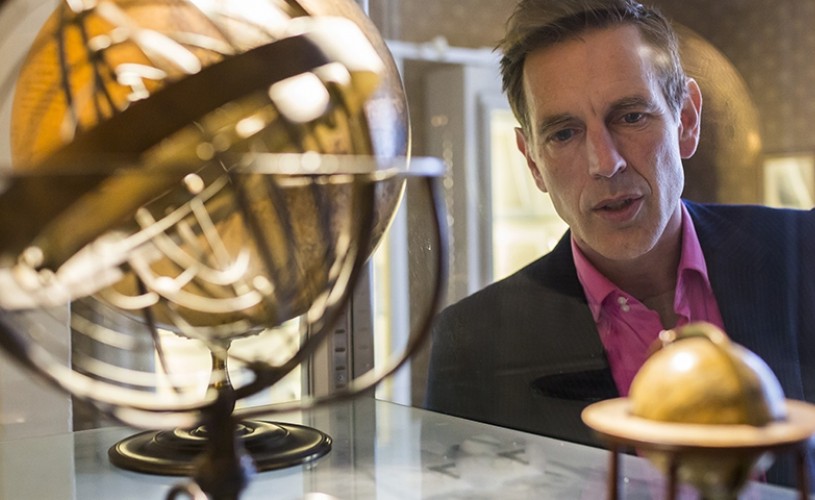
6. A model material
On the first floor of the Victoria Art Gallery, you will find a bust sculpture of William Harbutt, inventor of the nation’s favourite children’s modelling clay, Plasticine. In 1874, Harbutt came to Bath to teach at Bath School of Art and Design.
Harbutt first concocted Plasticine as a tool for his sculpture students – clay could be hard to work with and dried too quickly, so he began experimenting in a makeshift laboratory in his basement, and came up with the winning formula which was patented in 1899. He soon geared up for industrial processing in an old flour mill in Bathampton on the outskirts of the city, where manufacturing took place until the factory doors closed in 1983 and production moved elsewhere.
7. You’ve got mail
The first ever stamp to be mailed was sent from Bath. On 2nd May 1840, four days prior to the official first day of posting, an item of mail left Bath Post Office with a stamp featuring an engraved image of Queen Victoria on a black background. This stamp is now known as a Penny Black.
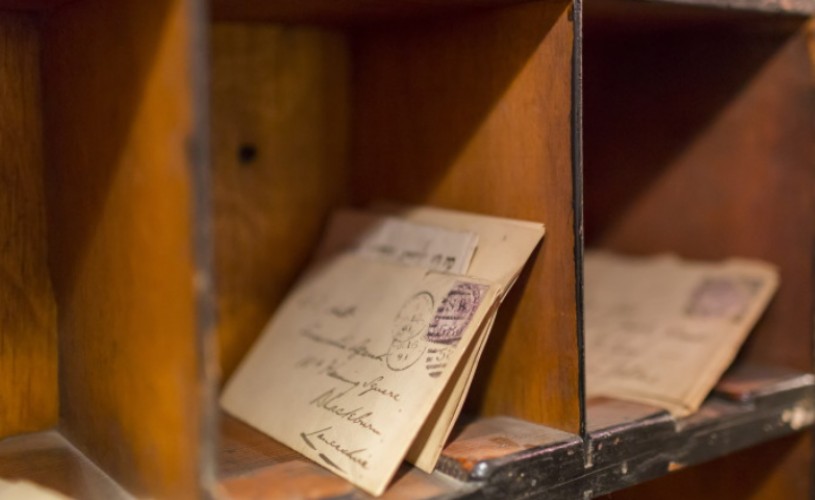
8. The two Bath Olivers
Physician and philanthropist Dr William Oliver gave his name to both a currency and a cracker. Oliver invented the Bath Oliver, a savoury hard cracker often paired with cheese, in 1750. When Oliver died, he left £100, a sack of flour and his secret formula to his coachman, who subsequently set up a shop on Green Street and became rich on the proceeds.
9. Farmers’ market pioneers
Bath hosted the first UK farmers’ market in 1997. A regular market can still be found at Green Park Station on Saturday mornings. At Bath Farmers’ Market, you will find quality, fresh, seasonal produce at a fair price. The goods are sold directly by the people who produce them, and everything usually comes from within a 40-mile radius of Bath.
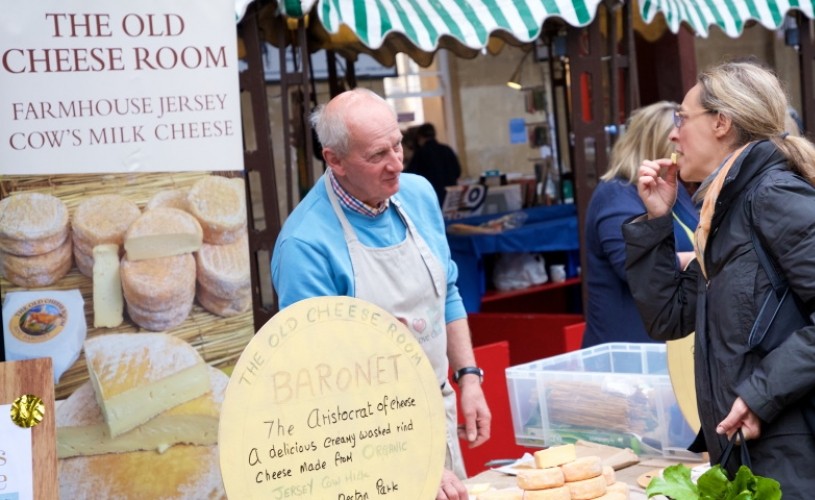
10. Bath rocks
Curt Smith, co-founding member of pop rock band Tears for Fears, grew up in Bath on the Snow Hill council estate, which was the subject of his track Snow Hill. The band set up a recording studio in the village of Beckington, between Bath and Frome, where they recorded their album Songs from the Big Chair, their best-selling album to date. The studio was also used by artists including Van Morrison, The Pretenders, The Smiths and Annie Lennox.
11. Lost in Austen
Jane Austen is arguably Bath’s most famous former resident. Less well known is the fact that her parents were married at St Swithin’s Church in 1764, and her father was buried at the church in 1805. Another little-known fact is that Jane Austen’s aunt, who lived at No.1 The Paragon, was arrested for eight months after being accused of shoplifting!
12. What the Dickens?
Charles Dickens was also a frequent visitor to Bath, first in 1835 as a young reporter staying at the city’s oldest pub, The Saracens Head, and later with regular visits to a friend who lived in St James’s Square, when in 1840 is said to have conceived the character of Little Nell in The Old Curiosity Shop.
The social life of Bath was brilliantly satirised by Dickens in The Pickwick Papers, with Mr Pickwick taking the waters and Sam Weller, his faithful servant, declaring them to have ‘a strong flavour o’warm flat irons’.
13. Science fiction
It is well known that Bath was once home to literary legend Jane Austen, but it is also the city that inspired Mary Shelley to finish writing Frankenstein. 19-year-old Mary Godwin (later Shelley) arrived in Bath in September 1816, where she took up residence at 5 Abbey Churchyard, and it was there that she wrote much of her celebrated novel.
In 2016, a plaque was unveiled on the site where Shelley wrote Frankenstein – a novel considered to be in the top 100 most influential books ever written and regarded as the world’s first science fiction novel.
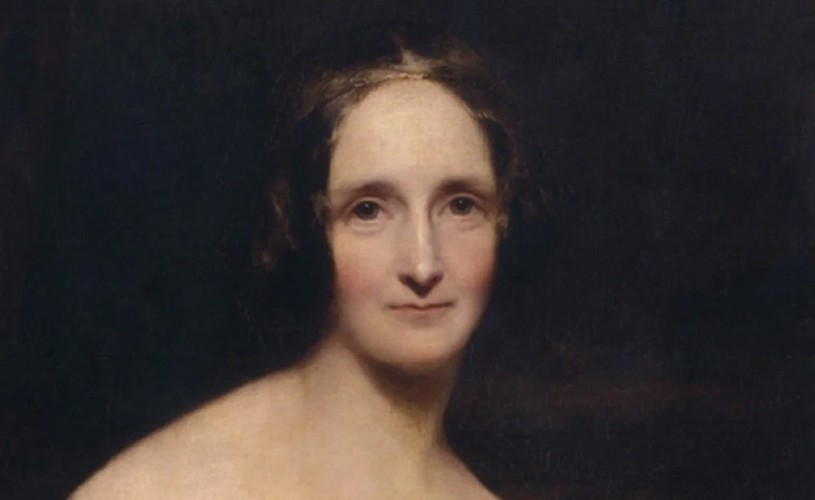 14. The Suffragette’s retreat
14. The Suffragette’s retreat
Eagle House, in the village of North End on the east side of Bath, was the home of Colonel Linley and Emily Blathwayt, descendants of the original owners of the National Trust property Dyrham Park. Emily and her daughter Mary were members of the Woman’s Social and Political Union. Between 1909 and 1912, they offered Eagle House as a sanctuary to Suffragettes, including Emmeline Pankhurst, Christine Pankhurst and Annie Kenney (who was WSPU organiser for the West of England), when they were released from prison.
A tree was planted in the grounds of Eagle House for each woman who had been active for the movement.
15. Hollywood Hits
The streets of Bath were given starring roles in Hollywood movies including The Duchess, Les Misérables, Persuasion and Fantastic Mr. Fox. The Duchess, starring Keira Knightley, features the grand Assembly Rooms and the Royal Crescent, with Pulteney Bridge standing in for nineteenth-century Paris in Les Misérables. Both the 1995 and 2007 film versions of Persuasion use Bath as a backdrop, and The Little Theatre Cinema was immortalised in the stop motion classic Fantastic Mr. Fox.
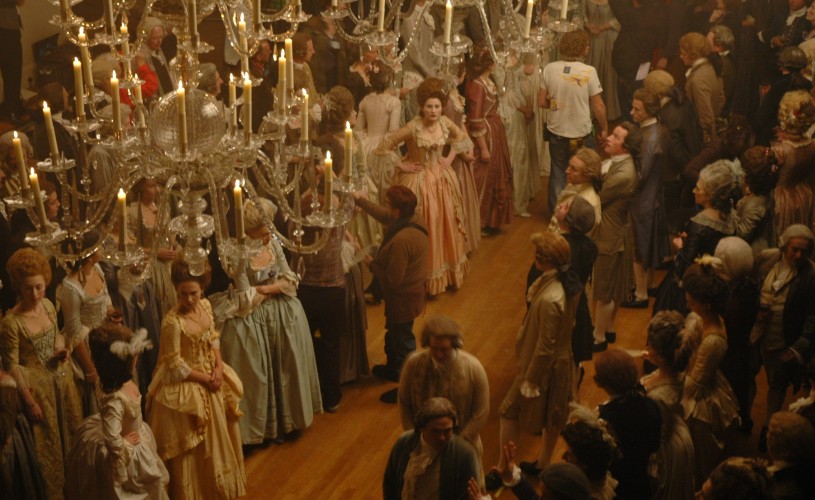
Related
Comments
Comments are disabled for this post.



